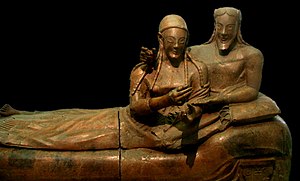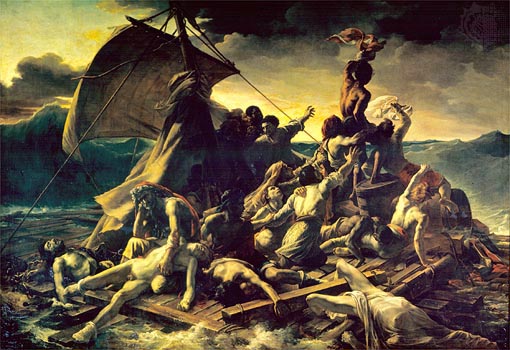Louvre Museum in Paris
Once a royal fortress, the Louvre Museum in Paris has been successful since its establishment in 1793. The Louvre has been influenced by powers such as Louis CIII, Louis XIV and Charles X, all which have developed and transformed the architectural art museum into what it has become today. The Louvre’s responsibility is to conserve, protect, restore, and develop France’s national art treasures, from the early royal collections to the most recent additions. It is a magnificent and world renown museum dedicated to art and helping people from around the globe understand and appreciate the art.
The Mona Lisa

![]()
- Florence between 1503 and 1506- thought to be Lisa Gherardini
Theodore Gericault created a political painting based upon the sinking of “Medusa” in 1816. It is said that 149 people drifted on a raft for 12 days, only to end with a survival rate of 15 people due to slaughter, madness, and cannibalism. Gericault had a great composition for the painting, emphasizing two main diagonals to the viewer that form the shape of a “V” in the painting. The symmetry of the “V” creates dramatic tension and leads to two options; to the left the haunting diagonal of the ship’s mast points to the dangerous, threatening wave approaching the raft; on the right side the diagonal is pointing towards a hope for better weather and rescue. The artist had a good sense of linear arrangements; notice how there are no horizontal or vertical lines. Majority of the lines, shapes, and figures are on a diagonal, giving the painting a sense of instability, danger, and tragedy. The light contrast is important is presenting the body volume of each individual’s anatomy. Also, Gericault uses light (contrast) and color together to give the message of pain versus hope. The left side is dark and in shadow showing the suffering and gloom of defeat, whereas the right side points to a warmer color tone that gives hope to a better outcome or rescue and salvation. The positive and negative space truly captures the essence of the painting by offering the tension needed to match the sorrow, dejection, and hope in the faces of the figures. This artwork is romantic in the sense that Gericault chose to portray the moment of awareness of the members that they may be saved, instead of painting the horrific cannibalism and slaughter. He paints hanging limbs and lifeless bodies to depict the strong emotion of tragedy, but also contrasts the despair by the people crying out towards the brighter light to be rescued giving a sense of hope after the dreadful incident. The "Sarcophagus of the Spouses"
![]()

- a sarcophagus or cinerary urn
- comes from Caere (modern Cerveteri), a city famous in the Archaic period for its clay sculpture.
- deceased entwined in a loving manner Aphrodite
![]()

- statue of a goddess discovered on the island of Melos in 1820The Virgin of Chancellor Rolin
![]()

- Nicolas Rolin, who was chancellor to Philip the Good, duke of Burgundy, is worshiping the Infant JesusThe Raft of the Medusa
![]()
![]()

The Raft of Medusa by Theodore Gericault: Analysis

No comments:
Post a Comment